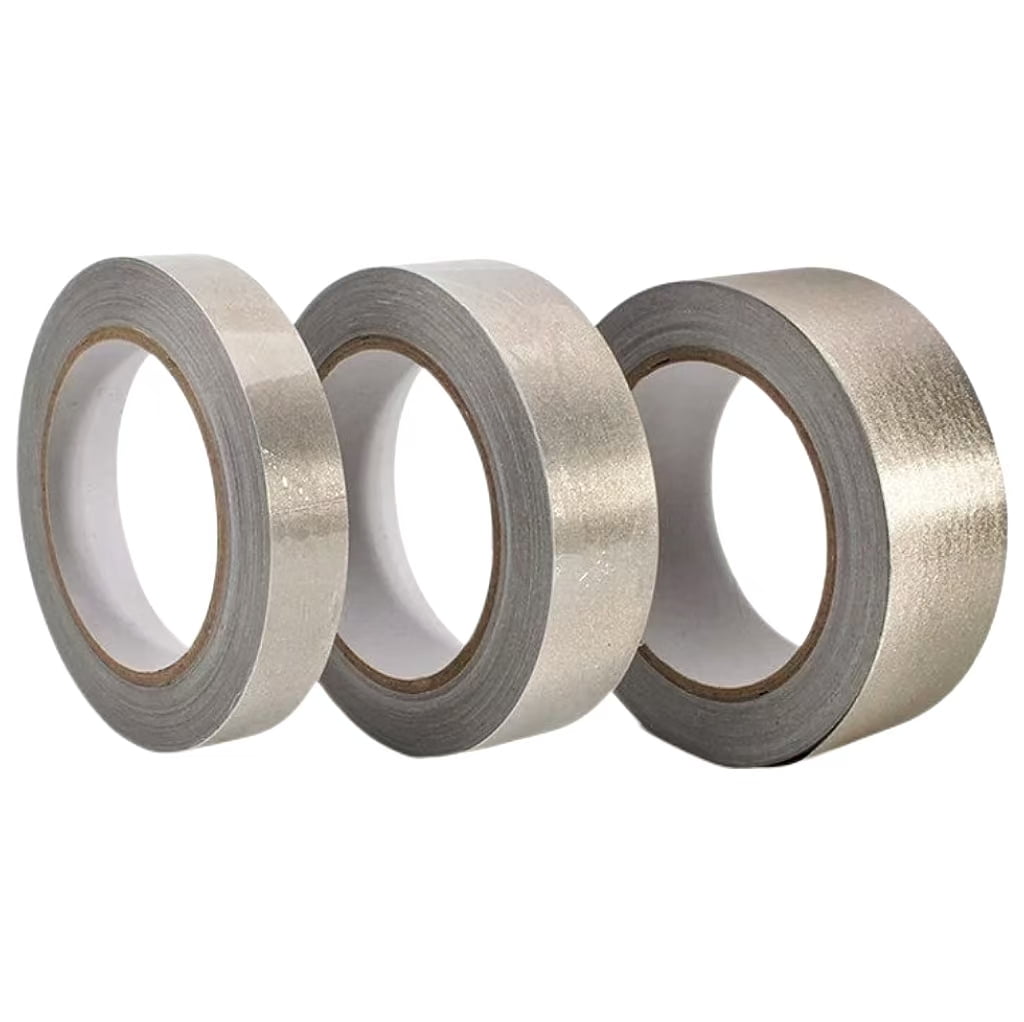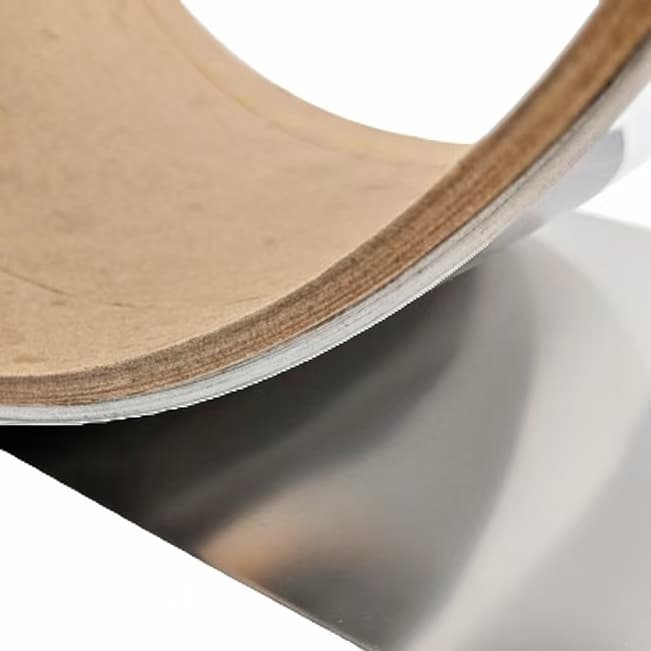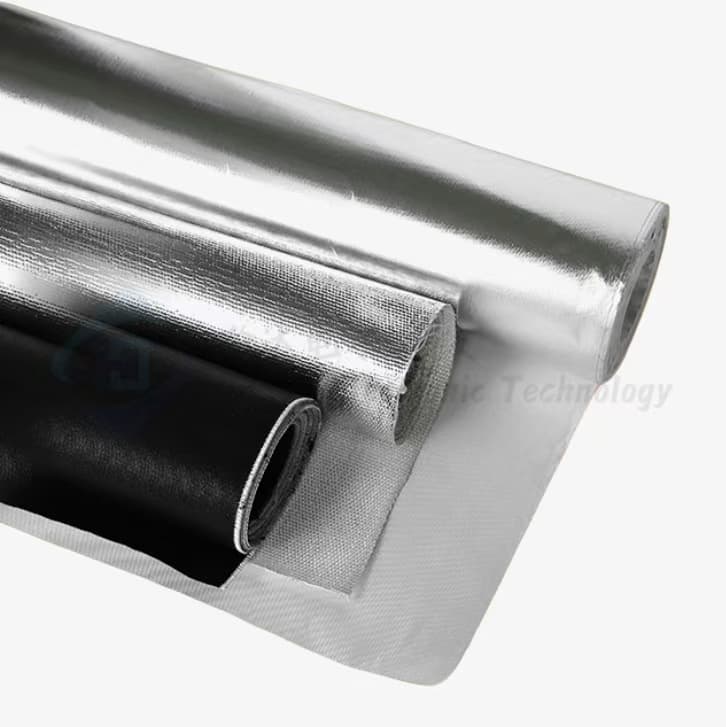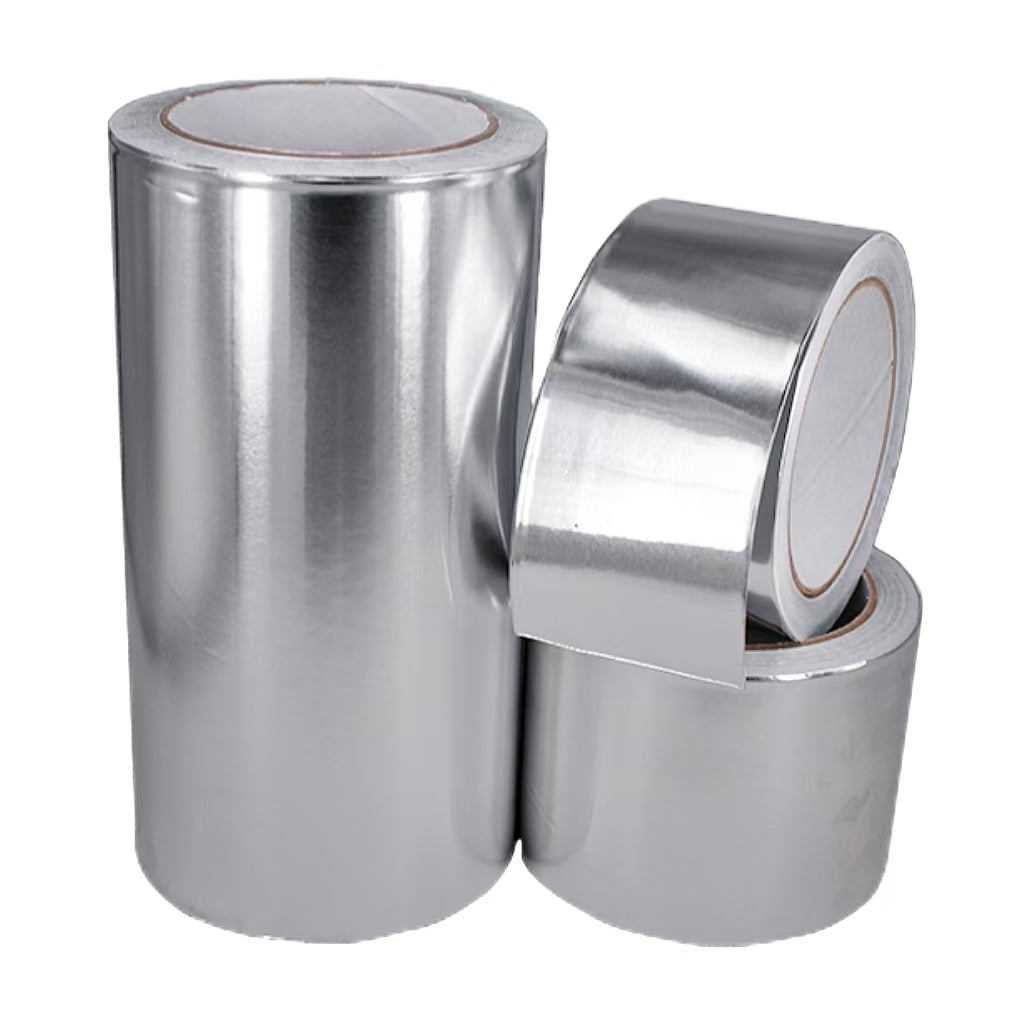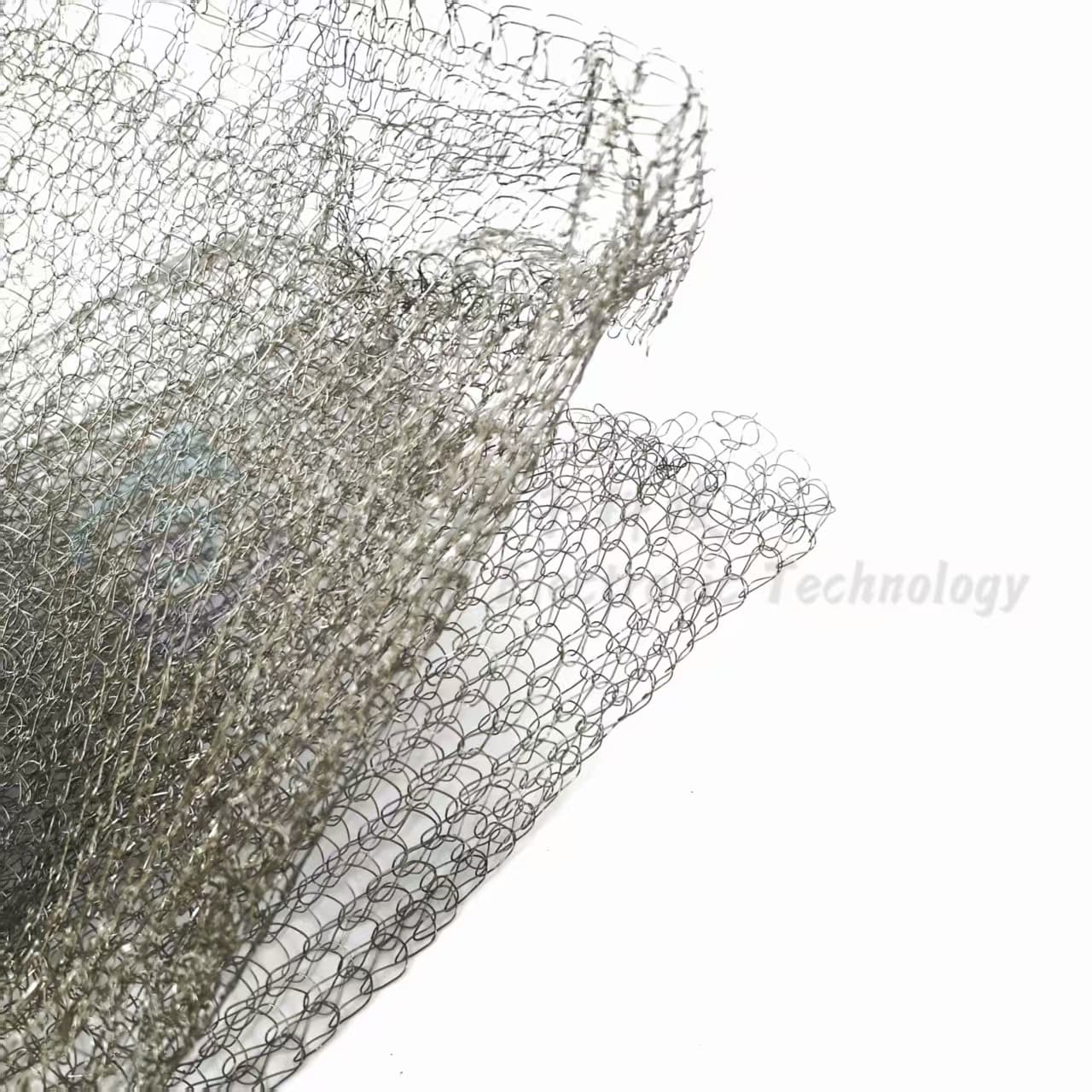Electrical Conducting Springs: The Core Component for Efficient Connections in the Power Industry
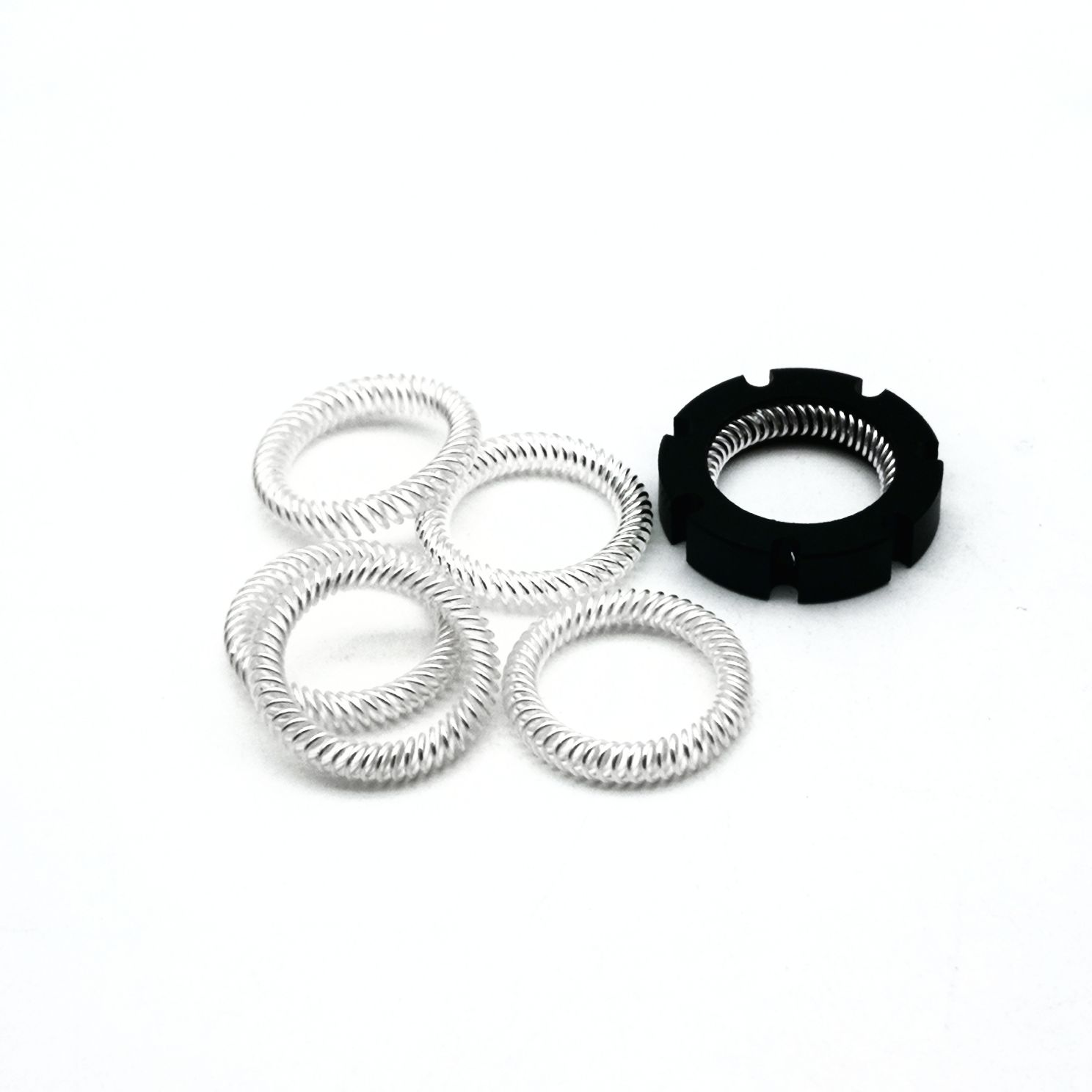

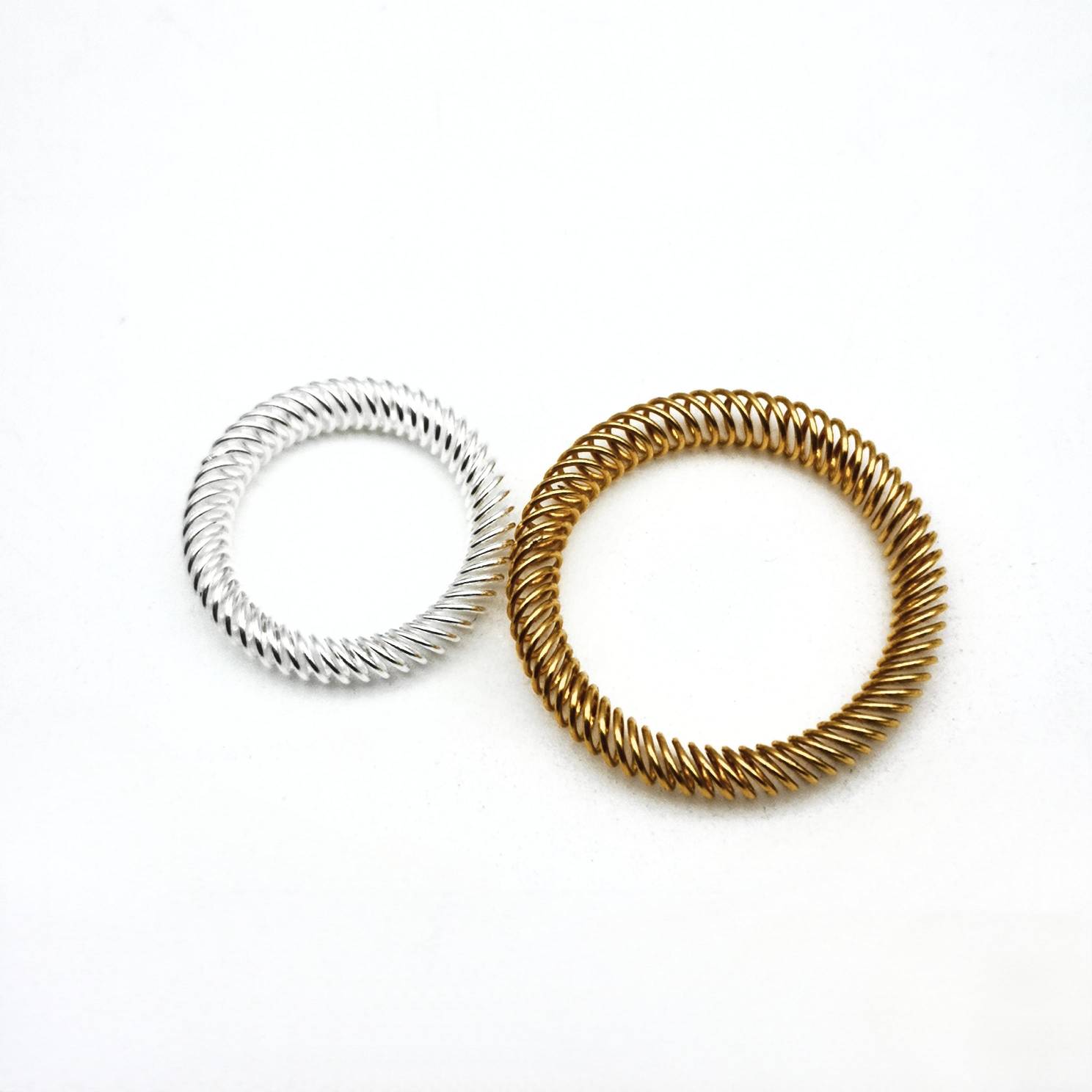
Electrical conducting springs are spiral elastic contact elements made of beryllium copper or high-conductivity alloys, typically designed with an elliptical cross-sectional coil structure. Their major axis is arranged axially to increase the contact area with static contacts and reduce contact resistance.
In high-voltage switchgear, GIS (Gas-Insulated Switchgear), and power transmission and distribution systems, elektrisch leitende Federn have emerged as indispensable key conductive components in modern power equipment, thanks to their unique structural design and superior electrical performance. Hunan Handa Electronics Technology Co., Ltd., a leader in power connection technology, integrates cutting-edge industry research to analyze the technical advantages of electrical conducting springs and their extensive applications in the power sector.
Inhaltsübersicht
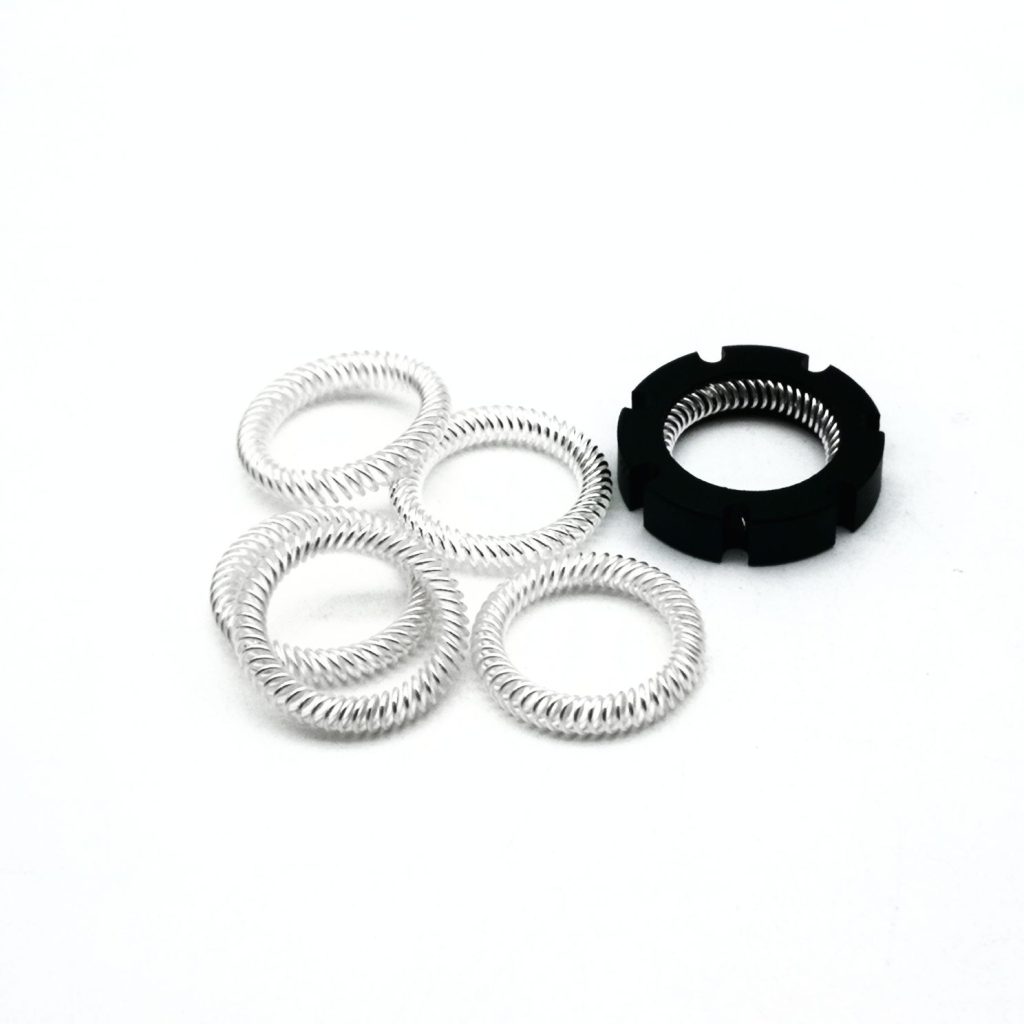
I. Technical Principles and Core Advantages of Electrical Conducting Springs
Electrical conducting springs are spiral elastic contact elements made of beryllium copper or high-conductivity alloys, typically designed with an elliptical cross-sectional coil structure. Their major axis is arranged axially to increase the contact area with static contacts and reduce contact resistance. Compared to traditional rigid contacts, their core advantages are as follows:
- Multi-point Contact and Current Sharing Design: Each turn of the spring operates independently, automatically compensating for machining tolerances. This ensures uniform current distribution, preventing localized overheating—a critical issue in high-power applications where uneven current can lead to equipment degradation or failure. For instance, in large-scale power transmission systems, even a 5% deviation in current distribution can cause a 30% increase in local temperature, but the multi-point contact design of electrical conducting springs mitigates this risk effectively.
- Self-Adjusting Pressure: Within a deformation range of 0.5~2.5mm, the springs maintain a constant contact pressure, with contact resistance varying by less than 10%. This stability far exceeds that of ordinary spring strips. Tests show that under long-term operation (over 10,000 cycles), the pressure fluctuation remains within ±5%, ensuring consistent electrical performance—a vital feature for equipment requiring high reliability, such as grid substations.
- High-Temperature Resistance and Arc Suppression: Beryllium copper combines high conductivity (electrical conductivity ≥ 20 MS/m) with excellent high-temperature resistance, operating stably in temperatures ranging from -25℃ to 105℃. Moreover, its unique material properties enable automatic arc suppression, preventing electric sparks that could ignite insulation materials or cause short circuits. This makes it ideal for high-voltage environments where arc hazards are prevalent.
- Kompakte Bauweise: With small volume and light weight, these springs fit the compact structural requirements of high-voltage switches, reducing the overall size and cost of equipment. For example, in GIS systems, the use of electrical conducting springs has reduced the equipment footprint by up to 20% compared to traditional rigid contact designs.

II. Typical Application Scenarios in the Power Industry
1. High-Voltage Switchgear
In 220~500kV high-voltage switches, electrical conducting springs act as intermediate connectors between moving and static contacts, providing stable contact pressure through elastic deformation. A case study from a domestic power company illustrates their impact: after adopting customized beryllium copper electrical conducting springs, the company saw a 40% reduction in equipment downtime and a 30% drop in maintenance costs. This is attributed to the springs’ ability to withstand frequent switching operations without performance degradation. For higher voltage levels (e.g., 750kV and 1000kV), the springs’ arc-suppression capability becomes even more critical, ensuring safe operation during high-current interruptions.
2. GIS/GIL Systems
Gas-Insulated Switchgear (GIS) and Gas-Insulated Transmission Lines (GIL) rely on electrical conducting springs for sliding electrical contact. Their vibration resistance (withstanding frequencies up to 50Hz with minimal performance loss) and dustproof properties (meeting IP65 protection standards) make them suitable for harsh environments, such as coastal areas with high humidity or industrial zones with heavy particulate matter. This reliability ensures long-term operation—some installations have maintained stable performance for over 20 years with minimal maintenance.
3. 10kV Distribution Equipment
The Zhongshan Power Supply Bureau developed a dedicated electrical conducting spring replacement device, reducing operation time from 10.7 minutes to 2 minutes. This innovation not only improved work efficiency but also avoided heating risks caused by damage to contact plating—a common issue with traditional replacement methods. The achievement won the National Quality Innovation First Prize, highlighting its industry impact.
4. Intelligent Upgrade of Isolators
New smart contacts use nickel-titanium shape memory alloy spring strips instead of traditional materials. These alloys recover their original shape when heated, solving the failure problem caused by spring overheating. In field tests, this upgrade reduced power accidents related to contact failure by 60%, significantly enhancing grid stability. The memory alloy’s responsiveness (actuating within 2 seconds of temperature rise) ensures rapid adjustment to changing load conditions.
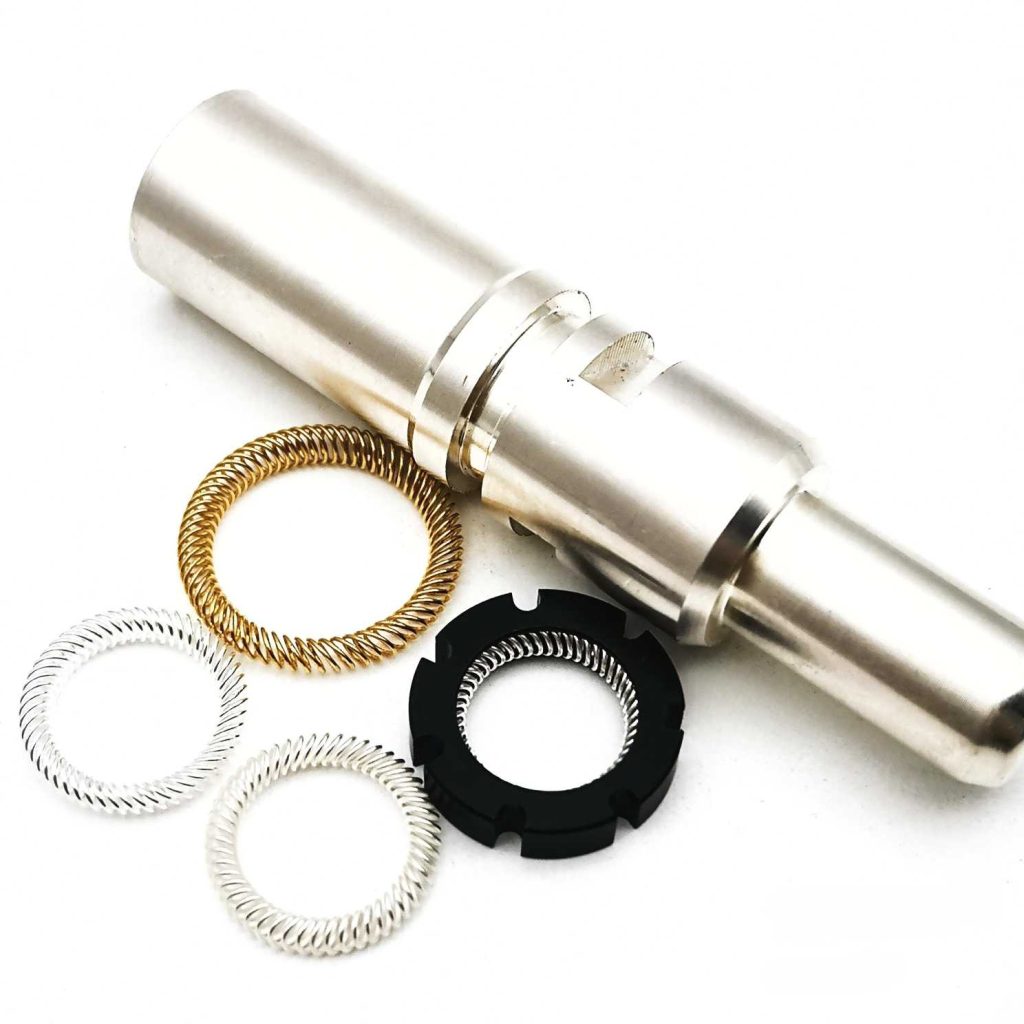
III. Technical Empowerment by Handa Electronics
Hunan Hand 达 Electronics Technology Co., Ltd. provides tailored technical support to meet the specific needs of the power industry:
- Maßgeschneiderte Lösungen: Designs spring parameters (e.g., coil diameter, number of turns, and elliptical ratio) based on actual operating conditions, and meets plating requirements (gold or silver plating, with thickness ranging from 0.5μm to 5μm) to enhance conductivity and corrosion resistance.
- Process Assurance: Adopts laser welding and aging heat treatment processes. Laser welding ensures flat, burr-free solder joints, minimizing the risk of high-voltage discharge. Aging heat treatment (conducted at 300~350℃ for 2~4 hours) optimizes the material’s mechanical properties, ensuring long-term elasticity.
- Quality Verification: Products pass dynamic and thermal stability tests, meeting the requirement of 10,000 mechanical operations. They also comply with international standards such as IEC 62271-100 (for high-voltage switches) and GB/T 11022 (for general technical conditions of power equipment), providing customers with reliable quality assurance.
IV. Future Trends: Green and Intelligent Development
As new energy power stations and smart grids develop, electrical conducting springs will evolve in two key directions:
- Higher Current-Carrying Capacity: With the growth of new energy vehicle charging modules and high-power renewable energy systems, springs will be designed to handle higher currents (up to 5000A) while maintaining low contact resistance. This requires advancements in material science, such as the development of copper-based composites with enhanced conductivity and heat dissipation.
- Integration with Sensors: Future springs may integrate micro-sensors (e.g., temperature and pressure sensors) to monitor contact status in real-time. Data transmission via wireless networks will enable predictive maintenance, allowing operators to address potential issues before failures occur. This aligns with the smart grid’s demand for real-time monitoring and intelligent decision-making.
In addition, green materials will gain traction. Research into beryllium-free alloys (e.g., copper-tin alloys) is underway to reduce environmental and health risks associated with beryllium, supporting sustainable development in the power industry.
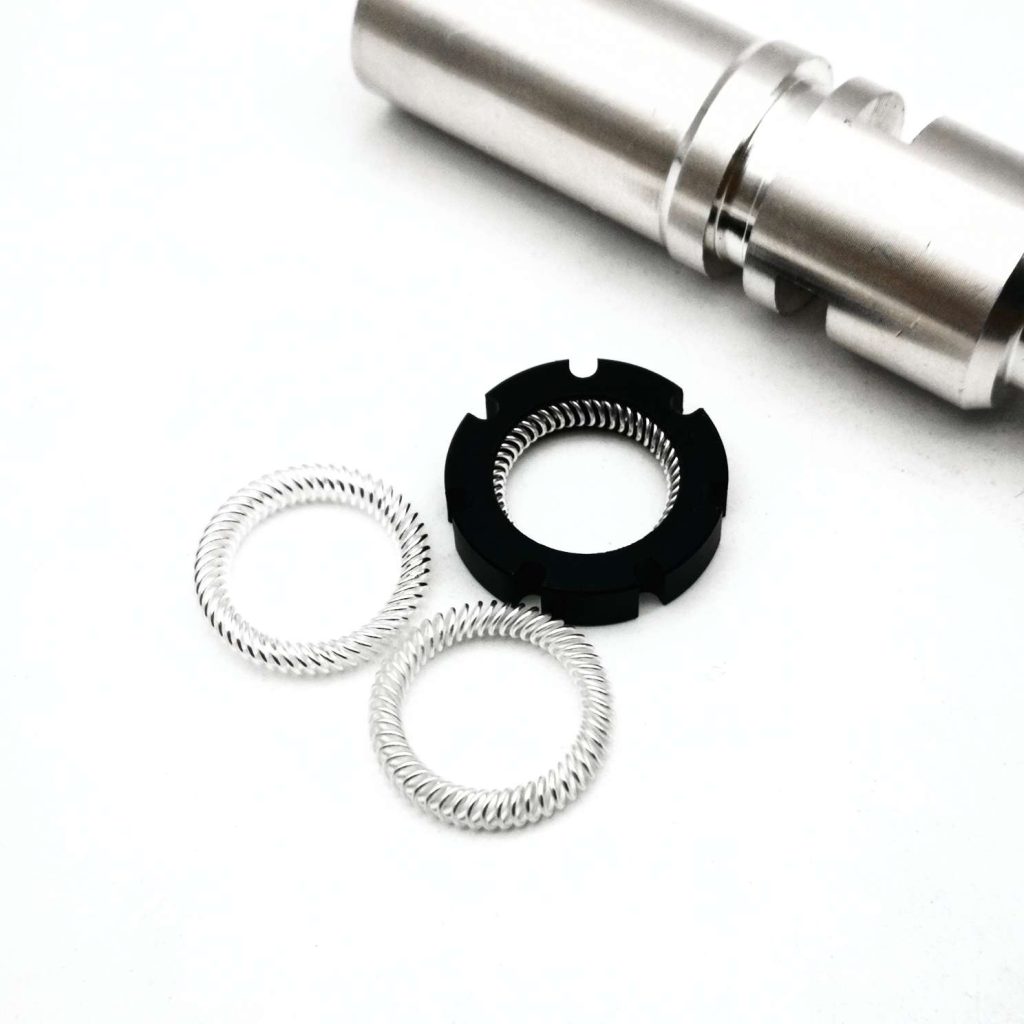
Schlussfolgerung
The technological progress of elektrisch leitende Federn directly drives the performance improvement of power equipment. Choosing a professional supplier ensures lower operation and maintenance costs and a longer equipment lifecycle. To learn more about Handa Electronics’ (handashielding) electrical conducting spring solutions, please contact our technical team(kathy@handashielding.com).
We are committed to innovating alongside the power industry, contributing to efficient and safe operation of power equipment worldwide.
Das könnte Ihnen auch gefallen
-
 Conductive Cloth Tape: Structure, Uses, Characteristics & Buying Guide
Conductive Cloth Tape: Structure, Uses, Characteristics & Buying GuideEMI-Bänder, EMC-Folien, leitfähige Textilien und halbleitende Vliese
Leitfähiges Gewebeband
Against the backdrop of the rapid development of modern electronic information technology, various electronic devices are emerging in an endless stream, and the electromagnetic environment is becoming increasingly complex. Electromagnetic interference not only affects the normal operation of equipment but......
-
 Mu-Metall-Folie mit hervorragenden magnetischen Eigenschaften
Mu-Metall-Folie mit hervorragenden magnetischen EigenschaftenEMI-Bänder, EMC-Folien, leitfähige Textilien und halbleitende Vliese
Mu-Ferro/Mu-Metall-Folie
Abstract: This article delves into the production process of mu-metal foil, covering the entire workflow from raw material selection to finished product output. In the raw material preparation stage, strict control is imposed on high-purity iron, nickel, and other raw......
-
 Das neue Produkt von Handa: Glasfaser-Aluminium-Folien-Band
Das neue Produkt von Handa: Glasfaser-Aluminium-Folien-BandEMI-Bänder, EMC-Folien, leitfähige Textilien und halbleitende Vliese
Glasfaser-Aluminium-Folien-Band
🔧 Produktübersicht📌 Hauptmerkmale & Benefits⚙️ Technische Daten🎯 Anwendungen🛠 Anpassungsmöglichkeiten📦 Verpackung & Lieferung🧩 Warum Handa wählen?📞 Angebot oder Muster anfordern Das Glasfaser-Aluminiumfolienband von Handa ist eine hochleistungsfähige Isolier- und Dichtungslösung, die für anspruchsvolle industrielle, ......
-
 Leitfähiges Aluminium-Band: Eine vielseitige Lösung für EMI-Abschirmung und elektrische Anwendungen
Leitfähiges Aluminium-Band: Eine vielseitige Lösung für EMI-Abschirmung und elektrische AnwendungenEMI-Bänder, EMC-Folien, leitfähige Textilien und halbleitende Vliese
Leitfähiges Aluminiumband
Was ist leitfähiges Aluminiumband?Hauptmerkmale von leitfähigem AluminiumbandGängige Anwendungen von leitfähigem Aluminiumband1. Abschirmung gegen elektromagnetische Interferenzen (EMI) und Hochfrequenzstörungen (RFI)2. Kabelummantelung und Kabelbaumschutz3. Elektrische Erdung4. Abschirmung von gedruckten Schaltungen (PCB)5. HVAC-Kanalabdichtung6. Kfz-Elektronik7.......
-
 Handa Shielding TCS Zweiflügeliges Drahtgeflecht: Fortschrittliche Lösung zur elektromagnetischen Abschirmung
Handa Shielding TCS Zweiflügeliges Drahtgeflecht: Fortschrittliche Lösung zur elektromagnetischen AbschirmungLösungen und Materialien für Abschirmdichtungen
Drahtgestrickte Dichtungen
Handa Shielding TCS Dual-Wing Wire Mesh Core Technology: TCS MaterialinnovationDual-Wing-StrukturdesignTechnische SpezifikationenAnwendungen1. Luft- und Raumfahrt und Verteidigung2. Medizinische Geräte3. Telekommunikation4. IndustrieelektronikAnpassung und IntegrationLeistungsvorteilePrüfung und KonformitätWarum Handa Shielding wählen? Handa Shielding's TCS Dual-Wing Wire Mesh ist ein hochmodernes elektromagnetisches Interferenz (EMI)......
